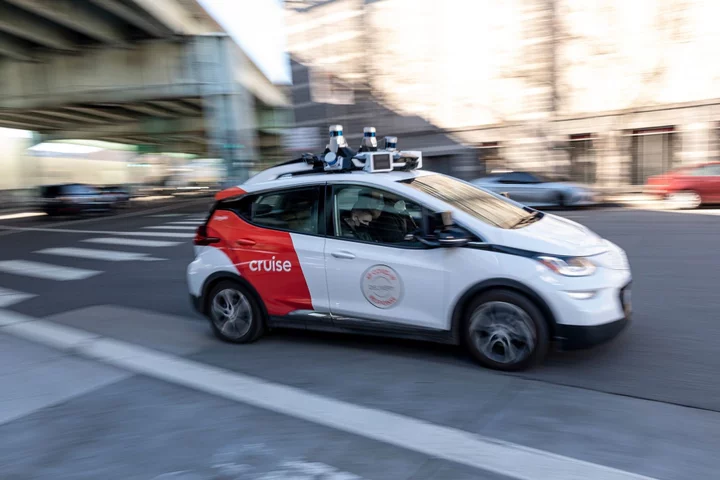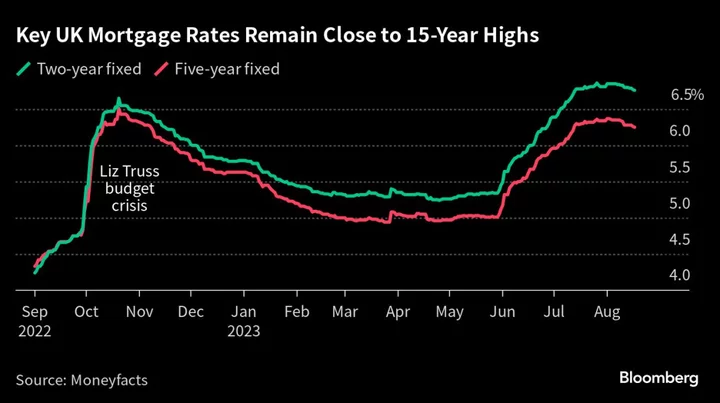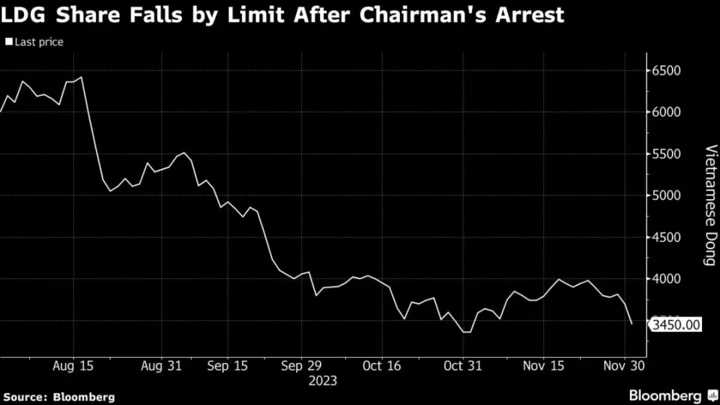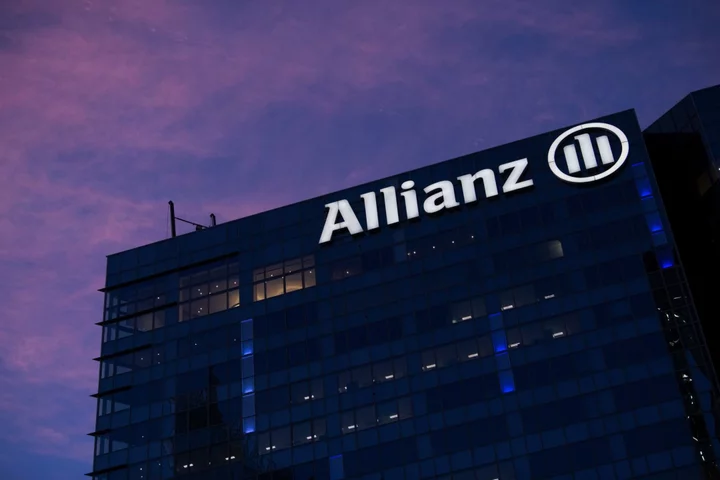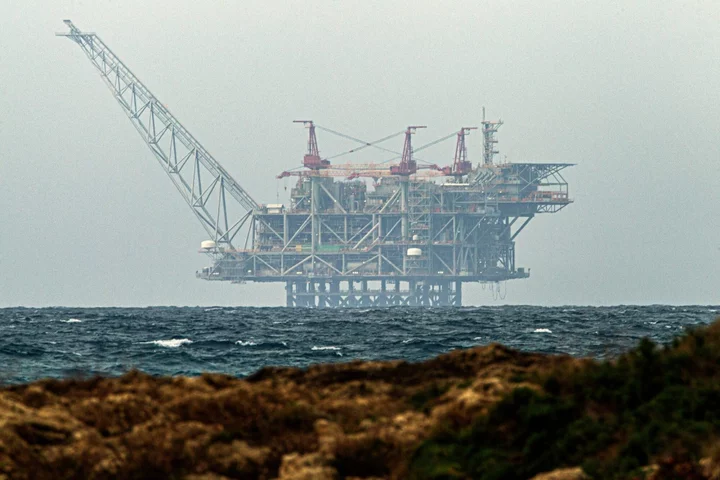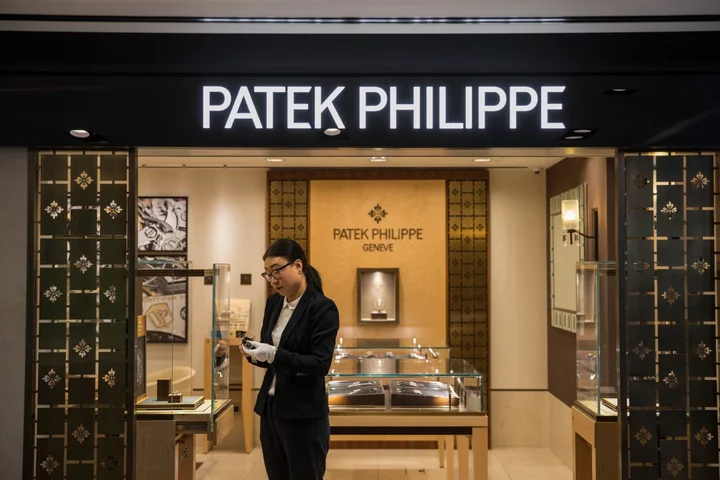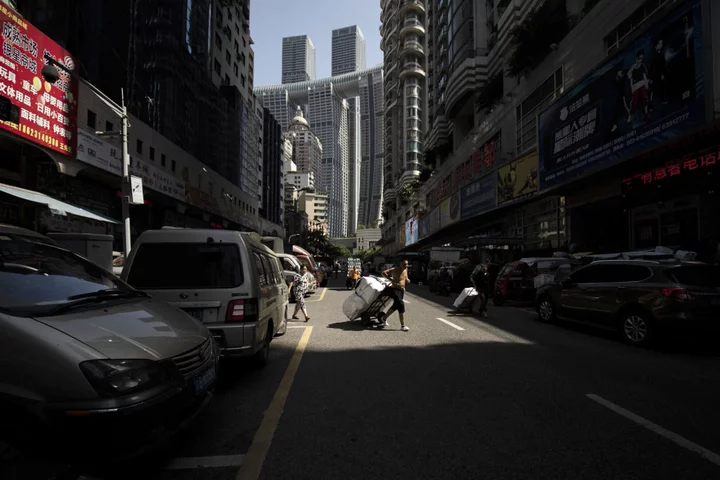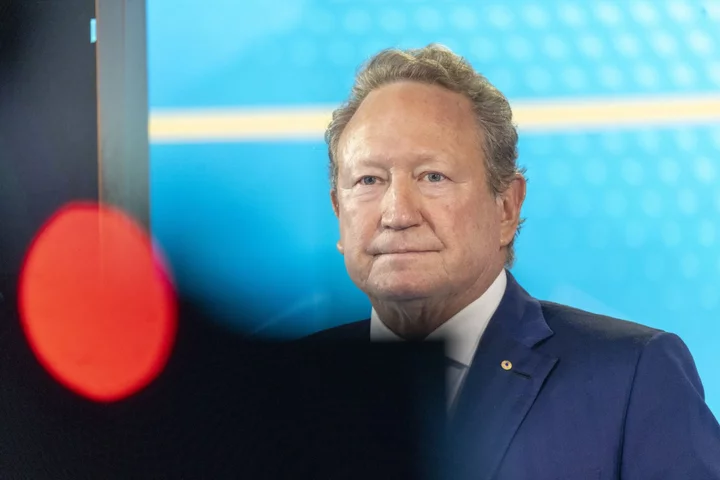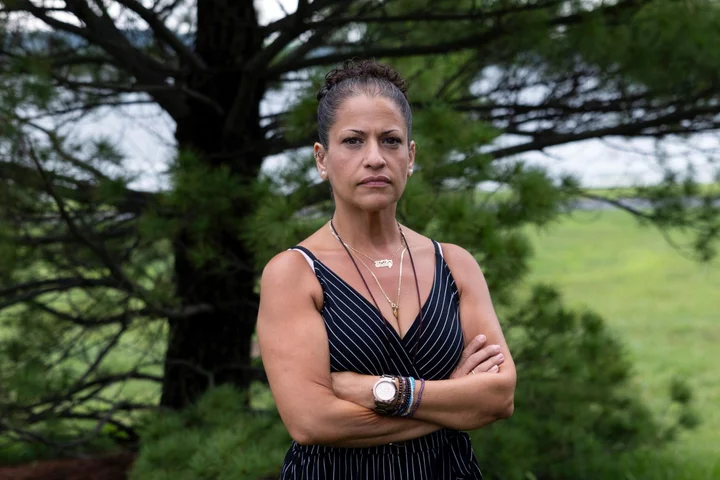A couple of hours after Chief Executive Officer Mary Barra finished telling Wall Street analysts that the Cruise self-driving unit was an undervalued piece of General Motors Co., California suspended its robotaxi license citing a risk to public safety.
The situation went from bad to worse on Thursday after Cruise said it would cease operations in all four cities where it charges for rides. That sapped what little revenue there was from a business Barra hoped would bring in $1 billion in fares by 2025 and help double GM’s sales to $240 billion in seven years.
Now, GM has a division spending about $700 million a quarter that is rife with regulatory, legal and reputational problems. California said it will not reinstate Cruise’s suspended permits until the company has “taken steps” to fulfill DMV requirements and Cruise said it will try to get them reinstated. Meanwhile, investors are left questioning when, if ever, Barra’s bet on autonomy will pay off.
The debacle sets up some tough decisions for the CEO. For one, Cruise has burned through $1.4 billion of the $1.7 billion in cash on hand this year. That means GM will have to put new money in to keep it going within three quarters. And if Cruise can’t get its license back, its rival, Alphabet Inc.’s Waymo, will be the only self-driving taxi business in California, the birthplace of the Cruise and the most active market for the technology.
Ford Motor Co. already shut down its own autonomous unit, Argo AI, last year after the company said it would take too much time and money to make the robotaxi technology work.
Barra and GM leadership remain committed to Cruise and its efforts to develop the technology, said people familiar with the matter.
The company also wants to rebuild credibility.
“The most important thing for us right now is to take steps to rebuild public trust,” said Cruise spokesman Aaron McLear. “Part of this involves taking a hard look inwards and at how we do work at Cruise, even if it means doing things that are uncomfortable or difficult. We think it’s the right thing to do during a period when we need to be extra vigilant when it comes to risk, relentlessly focused on safety, and taking steps to rebuild public trust.”
Cruise executives and staff had an all-hands meeting to discuss the issue on Oct. 25, said people familiar with the matter. In the meeting, CEO Kyle Vogt updated employees on what happened, answered questions from staff and set priorities going forward.
GM bought Cruise for $1.1 billion in 2016. Since the company began reporting Cruise’s results in 2018, the unit has cost the automaker $5.7 billion. At its peak, Cruise had 400 robotaxis in San Francisco and 200 total in Austin, Houston and Phoenix. The company was doing developmental work in 11 other cities under Vogt, who has been on a quest to monetize the self-driving technology.
But this month, Cruise was suspended in California over an incident in which a human driver struck a pedestrian, throwing her in front of a Cruise vehicle. The robotaxi stopped, but then restarted to pull over to a safe zone. When the car started moving again, it dragged the woman for 20 feet at a top speed of 7 miles per hour.
In a post on X, Cruise blamed the human driver without acknowledging what happened to the pedestrian, saying, “the AV then braked aggressively to minimize the impact. The driver of the other vehicle fled the scene, and at the request of the police the AV was kept in place.”
Cruise spokesman Mclear said the company showed the truncated video specifically to show that a pedestrian was first struck by a human driver in another vehicle.
No one has died in its vehicles or from any other self-driving car since an Uber AV with a safety driver at the wheel killed a pedestrian in 2018. By contrast, Tesla Inc.’s driver-assist system has by linked to 17 fatalities and is part of an ongoing NHTSA investigation.
The state’s DMV “had to shut them down,” said Richard Bishop, principal of Bishop Consulting, which consults to the AV industry. “If Cruise had kept going in other cities and states, it would put those governments in an awkward position.”
Traffic Disruptions
Still, the cars have caused traffic issues and interfered with emergency response vehicles.
In Austin, around 20 cars caused gridlock when they inexplicably stopped and blocked other vehicles last month.
The Austin Mobility Committee met Friday to discuss the issue, local media report. One city council member, Zohaib “Zo” Qadri, told the Austin-American Statesman he was pleased Cruises suspended operations in the city saying “I don’t think this technology is ready for primetime.”
In San Francisco, Cruise cars shut down an intersection for more than an hour in June of last year before company personnel could get to the scene and move the vehicles. Cruise’s board of directors — which is controlled by top GM executives including Barra — took notice along with NHTSA and local authorities. GM executives, including general counsel Craig Glidden, has pressed the startup on whether its processes were robust enough, people familiar with the matter said at the time.
There was internal debate at Cruise then about reducing the number of vehicles driving in that part of the city to lower the chance of other incidents, but Vogt decided to press on, said people familiar with the matter. McLear said Cruise had stopped service in the area temporarily and once the company found a fix for the problem decided it could continue the same level of service.
The company also tussled this past summer with San Francisco’s city attorney and fire department over other incidents.
Meanwhile, Cruise is hemorrhaging executives. Earlier this year, Senior Vice President of Government Affairs Robert Grant quit. So too did Chief Communications Officer Kristine Boyden. In May, Oliver Cameron quit his job as vice president of product at Cruise, saying he wanted to pursue other venues of technology. Chief Financial Officer Bill Nash stepped down this year. Hussein Mehanna, head of AI and machine learning, also left the company this year, a company spokesman confirmed.
With operations suspended Cruise may burn less cash, but Barra will have to reconcile the money-losing venture with her stated vision of exiting such businesses at home and abroad. Since taking over GM in 2014, GM has achieved record profits on her watch and its margins remained strong through the Covid pandemic, global semiconductor shortage and the current United Auto Workers strike.
“Their technology is by and large good,” Bishop said. “But you can’t let these incidents happen.”

